Home>Garden Essentials>What Herbs Need Light To Germinate


Garden Essentials
What Herbs Need Light To Germinate
Modified: August 17, 2024
Discover which herbs require light for successful germination in your garden.
(Many of the links in this article redirect to a specific reviewed product. Your purchase of these products through affiliate links helps to generate commission for Storables.com, at no extra cost. Learn more)
Introduction
In the realm of gardening, successfully growing herbs from seeds can be a rewarding and fulfilling experience. However, it’s important to understand that different herbs have varying germination requirements. While some seeds thrive in darkness, like basil and cilantro, there are others that require light to germinate effectively.
Light is an essential factor in the germination process as it triggers the production of chlorophyll, which is crucial for the development of healthy seedlings. Understanding which herbs necessitate exposure to light during germination is vital to ensuring their successful growth.
In this article, we will explore the importance of light for germination, identify the types of herbs that require light to sprout, discuss the factors that affect their light requirements, and provide techniques for providing sufficient light to germinating herbs.
Key Takeaways:
- Herbs like parsley, dill, and chamomile need light to sprout and grow. Light helps them make food and grow strong. So, give them plenty of light to help them thrive!
- Giving herbs the right amount of light is super important for them to grow healthy and strong. Natural sunlight and artificial grow lights can both help them sprout and flourish.
Read more: What Vegetables Need Light To Germinate
Importance of Light for Germination
Light plays a significant role in the germination process of plants, including herbs. Seeds contain embryonic leaves, also known as cotyledons, that provide the initial nutrients for the developing plant. When exposed to light, these cotyledons begin producing chlorophyll through a process called photosynthesis.
Photosynthesis is crucial as it enables the plant to convert light energy into chemical energy, which is used to fuel growth and development. It helps in the synthesis of carbohydrates, essential for the formation of healthy roots, stems, and leaves. Without sufficient light, the germinating herbs may become weak, leggy, and fail to develop properly.
Light also affects other important aspects of plant growth, such as the orientation of the stem. When a plant receives inadequate light, it begins displaying symptoms of etiolation, characterized by elongated and weak stems. The lack of light causes the stems to stretch out in search of light, resulting in a spindly and weak appearance.
Furthermore, light also influences the production of plant hormones. For instance, exposure to red light stimulates the production of phytochrome, a hormone that controls processes such as seed germination, flowering, and dormancy. It also helps the plant respond to changes in light duration, ensuring proper growth and development.
Understanding the importance of light in germination is crucial for successful herb cultivation. By providing the right amount and quality of light, you can ensure that your herbs germinate robustly and develop into healthy plants.
Types of Herbs that Need Light to Germinate
While many herbs can germinate in darkness, several types require exposure to light for successful sprouting. Here are some common herbs that fall into this category:
- Parsley: Parsley seeds need light to germinate effectively. Their small size and low energy reserves make them dependent on light for the initiation of photosynthesis and subsequent growth.
- Dill: Dill seeds have a hard outer shell, which requires light to trigger the germination process. Without light, the seeds may remain dormant and fail to sprout.
- Chamomile: Chamomile seeds also rely on exposure to light to break dormancy and initiate germination. Providing ample light can help speed up the germination process and ensure healthy seedling development.
- Lettuce: Although lettuce is a leafy vegetable, it is often categorized as an herb due to its culinary uses. Lettuce seeds require light to germinate properly and to prevent them from becoming weak and leggy.
- Thyme: Thyme seeds are relatively small and delicate, and they benefit from exposure to light during germination. Light helps to kickstart their growth and ensures the production of sturdy seedlings.
These are just a few examples of herbs that need light to germinate. It’s important to check the specific germination requirements for each herb you wish to grow to ensure you are providing the ideal conditions.
Factors Affecting Light Requirements for Germination
While certain herbs require light to germinate, it’s important to note that the specific light requirements can vary depending on several factors. Here are some key factors that can affect the light requirements for germination:
- Seed Sensitivity: Different herb seeds have varying levels of sensitivity to light. Some seeds are highly sensitive and require direct exposure to light for germination, while others may only need minimal light or indirect sunlight.
- Light Intensity: The intensity of light plays a significant role in germination. Some seeds may require high-intensity light, while others can germinate under lower light conditions. It’s important to strike a balance and provide adequate light intensity based on the specific herb’s needs.
- Duration of Light Exposure: The duration of light exposure also impacts germination. While some herbs may require continuous exposure to light throughout the germination process, others may benefit from alternating periods of light and darkness.
- Light Quality: The quality of light, including its spectrum and color, can affect germination. Different wavelengths of light, such as red and blue, have varying effects on seed germination and plant growth. Providing the appropriate light quality can optimize the germination process.
- Temperature: Temperature plays a crucial role in germination, and it can interact with light requirements. Some herbs may require specific temperature conditions alongside light exposure to ensure successful germination.
It’s important to consider these factors when providing light for germinating herbs. Understanding the specific light requirements for each herb will help you create an optimal growing environment and maximize germination success.
Most herbs need at least 6-8 hours of direct sunlight to germinate. Place them in a sunny spot or use grow lights to ensure they get the light they need.
Appropriate Light Conditions for Germination
To ensure successful germination of light-dependent herbs, it is crucial to provide appropriate light conditions. Here are some guidelines for creating an optimal environment:
- Duration of Light Exposure: Most light-dependent herbs require a daily exposure of 10-16 hours of light. A consistent and sufficient duration of light exposure helps stimulate germination and supports healthy seedling development.
- Light Intensity: While intensity requirements vary for different herbs, a moderate light intensity is generally suitable for most light-dependent species. Placing the seeds closer to a light source or using artificial grow lights can help achieve the desired light intensity.
- Light Spectrum: The light spectrum also influences germination. Seeds typically respond best to wavelengths in the blue and red spectrum. This can be achieved by using full-spectrum grow lights or a combination of fluorescent and LED lights to provide a balanced spectrum of light.
- Consistency: Maintaining a consistent light schedule is important for germination. Avoid sudden changes in light exposure or extended periods of darkness, as it can disrupt the germination process and lead to poor seedling development.
- Proper Distance: It’s important to keep seeds at an appropriate distance from the light source. If the light is too close, it may cause excessive heat or light burn, damaging the seeds. Conversely, if the light is too far away, it may result in insufficient lighting for germination.
It is worth noting that individual herb species may have specific light requirements, so it is essential to research the specific needs of the herbs you are germinating. By providing the appropriate light conditions, you can optimize the germination process and increase the chances of successful seedling development.
Read more: How Long Does It Take Herbs To Germinate
Techniques for Providing Sufficient Light to Germinating Herbs
When it comes to providing sufficient light for germinating herbs, there are several techniques you can employ to ensure optimal growth and development. Here are some effective methods:
- Natural Sunlight: If weather conditions permit, placing your herb seeds in a sunny spot, such as a south-facing window or a greenhouse, can provide them with ample natural sunlight. Rotate the pots regularly to ensure even light exposure on all sides.
- Artificial Grow Lights: When natural sunlight is limited or unavailable, using artificial grow lights can be an excellent alternative. Choose full-spectrum LED or fluorescent lights designed for plant growth. Position the lights above the seedlings, keeping them at an appropriate distance to provide sufficient light intensity.
- Light Reflectors: Reflective surfaces can help maximize the utilization of light. Line the sides or walls of the growing area with reflective materials like aluminum foil or reflective tape. This will redirect the light back to the plants, effectively increasing light exposure.
- Light Timers: To ensure consistent light exposure, use timers to regulate the duration of light exposure. Set the timer to provide the recommended daily light duration for the specific herb you are growing. This eliminates the risk of forgetting to turn the lights on or off and maintains a consistent schedule.
- Seedling Trays with Bottom Heat: Some seeds benefit from a combination of warmth and light. Using seedling trays with bottom heat, such as heat mats or germination/propagation stations, can provide the necessary warmth to promote germination while simultaneously providing light from the top.
- Adjustable Light Fixtures: If you have the flexibility, consider using adjustable light fixtures that can be raised or lowered. This allows you to maintain the ideal distance between the lights and the germinating herbs as they grow and prevents them from getting too close or too far from the light source.
Experimenting with these techniques and finding the best combination for your herb seeds will help provide the necessary light they need for healthy germination and development. Remember to monitor the plants closely and make adjustments as needed to ensure they receive the optimal light conditions.
Common Mistakes in Providing Light for Germination
While providing adequate light is essential for successful germination of light-dependent herbs, there are some common mistakes that should be avoided. Here are a few pitfalls to watch out for:
- Insufficient Light: One of the most common mistakes is not providing enough light for germination. Insufficient light can result in weak and leggy seedlings. Ensure that your herbs receive the recommended duration and intensity of light for optimal growth.
- Excessive Light: On the other hand, too much light can also be detrimental. Excessive light can cause heat stress, leaf burn, or even stunted growth. Monitor the distance between the light source and the seedlings to prevent overexposure to intense light.
- Inconsistent Light Schedule: Germinating herbs require a consistent light schedule. Fluctuating light patterns can disrupt the germination process and lead to uneven growth. Use timers to maintain a regular light cycle and avoid interrupting the seedlings’ exposure to light.
- Incorrect Light Spectrum: The quality of light matters for proper germination. Using the wrong light spectrum, such as solely relying on cool white or warm white lights, can hinder germination and result in weak seedlings. Invest in full-spectrum grow lights or a combination of red and blue lights to provide the optimal spectrum for plant growth.
- Improper Distance: Placing the light source too far away from the seedlings can lead to weak and elongated stems, while placing it too close can cause light burn or excessive heat. Follow the recommended distance guidelines for your specific grow lights and adjust as the seedlings grow.
- Neglecting Natural Light: While artificial grow lights can be effective, don’t overlook the benefits of natural sunlight. It is important to strike a balance between artificial and natural light sources to provide a diverse range of wavelengths and maximize plant growth.
By avoiding these common mistakes, you can ensure that your germinating herbs receive the optimum light conditions for healthy growth and development. Pay attention to the specific needs of each herb and adjust your lighting setup accordingly to promote successful germination.
Conclusion
Understanding and providing the right amount of light for germinating herbs is crucial for their successful growth and development. While some herbs require light to germinate effectively, others may thrive in darkness. By knowing which herbs need light and implementing appropriate techniques, you can optimize the germination process and ensure healthy seedling establishment.
Light plays a critical role in photosynthesis, which provides the energy for plants to grow and thrive. It influences various aspects of plant growth, including stem orientation, hormone production, and overall plant vigor. By providing sufficient light, you can ensure that your herbs develop sturdy stems, vibrant leaves, and robust root systems.
Factors such as seed sensitivity, light intensity, duration of light exposure, light quality, and temperature all play a role in determining the light requirements for germination. It is important to consider these factors and tailor your approach to meet the specific needs of each herb.
Techniques for providing sufficient light to germinating herbs include using natural sunlight, artificial grow lights, light reflectors, timers, seedling trays with bottom heat, and adjustable light fixtures. Experimenting with these methods and finding the best combination for your herbs will help create an optimal growing environment.
Lastly, it is crucial to avoid common mistakes such as insufficient or excessive light, inconsistent light schedules, incorrect light spectrum, improper distance, and neglecting natural light. By being mindful of these pitfalls, you can ensure a favorable environment for germination and prevent issues that may hinder plant growth.
In conclusion, understanding the light requirements for germinating herbs and implementing appropriate techniques will greatly increase the chances of successful germination and healthy seedling development. So get ready to embrace the vibrant world of herb gardening, and watch your seeds sprout and flourish with the illuminating power of light.
Frequently Asked Questions about What Herbs Need Light To Germinate
Was this page helpful?
At Storables.com, we guarantee accurate and reliable information. Our content, validated by Expert Board Contributors, is crafted following stringent Editorial Policies. We're committed to providing you with well-researched, expert-backed insights for all your informational needs.
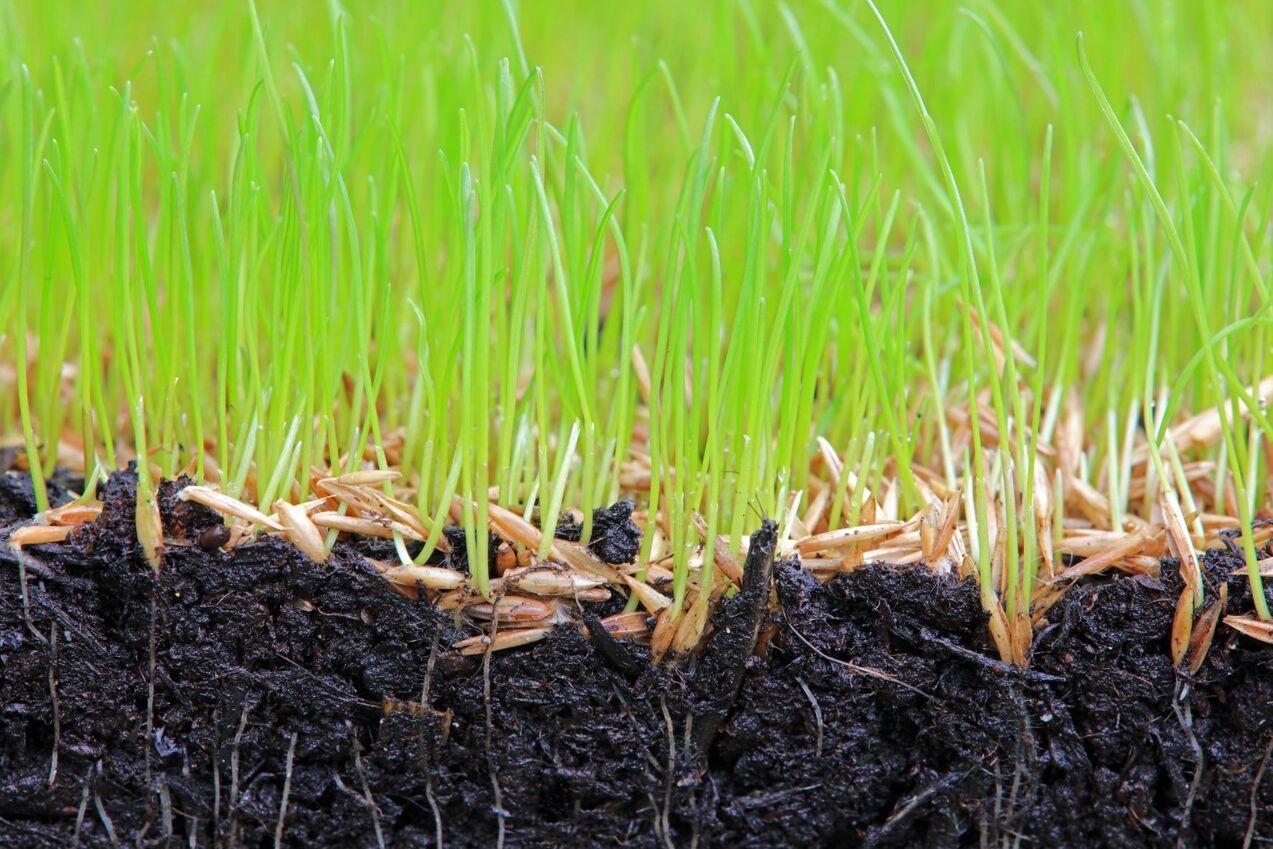
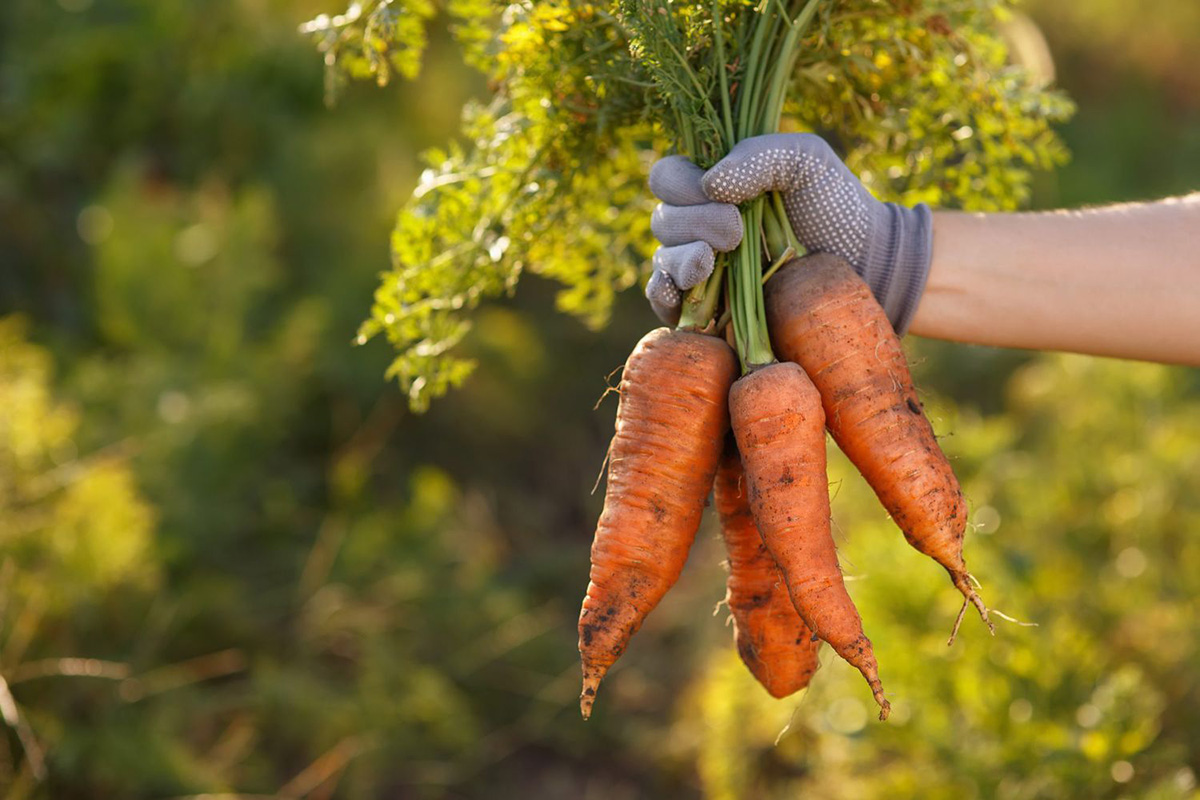
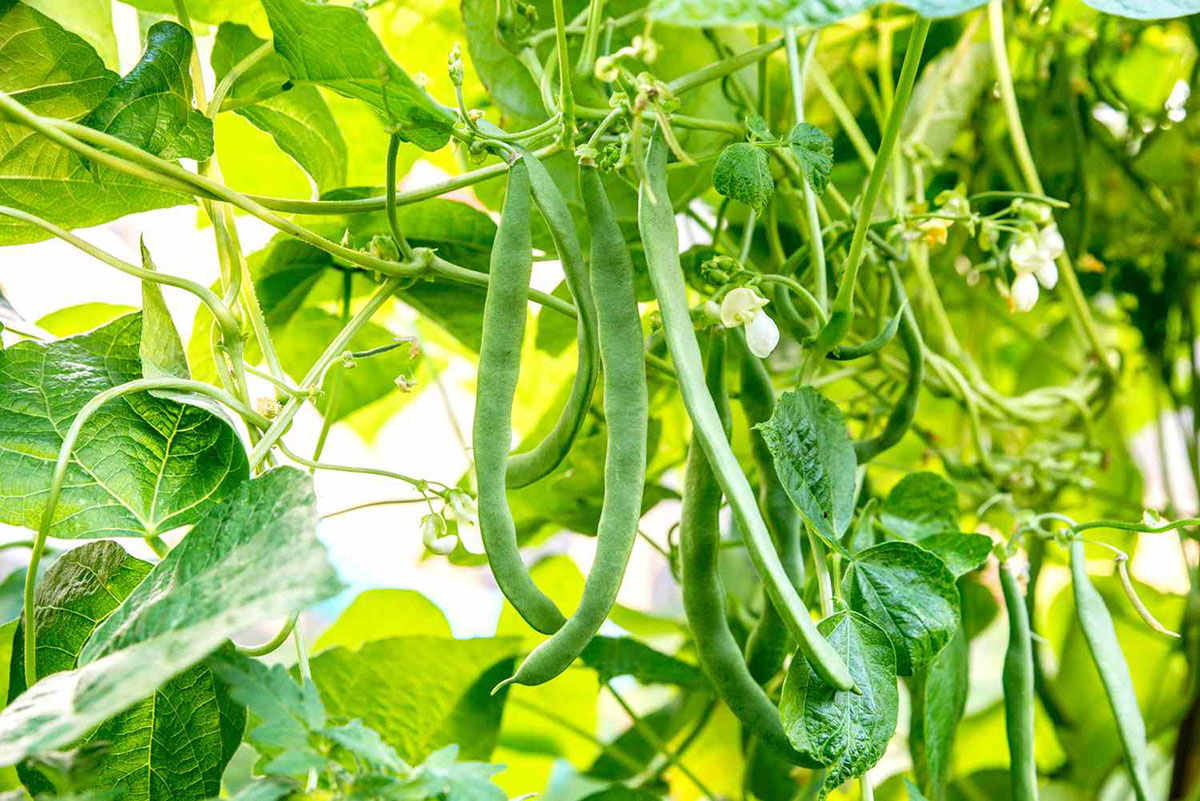
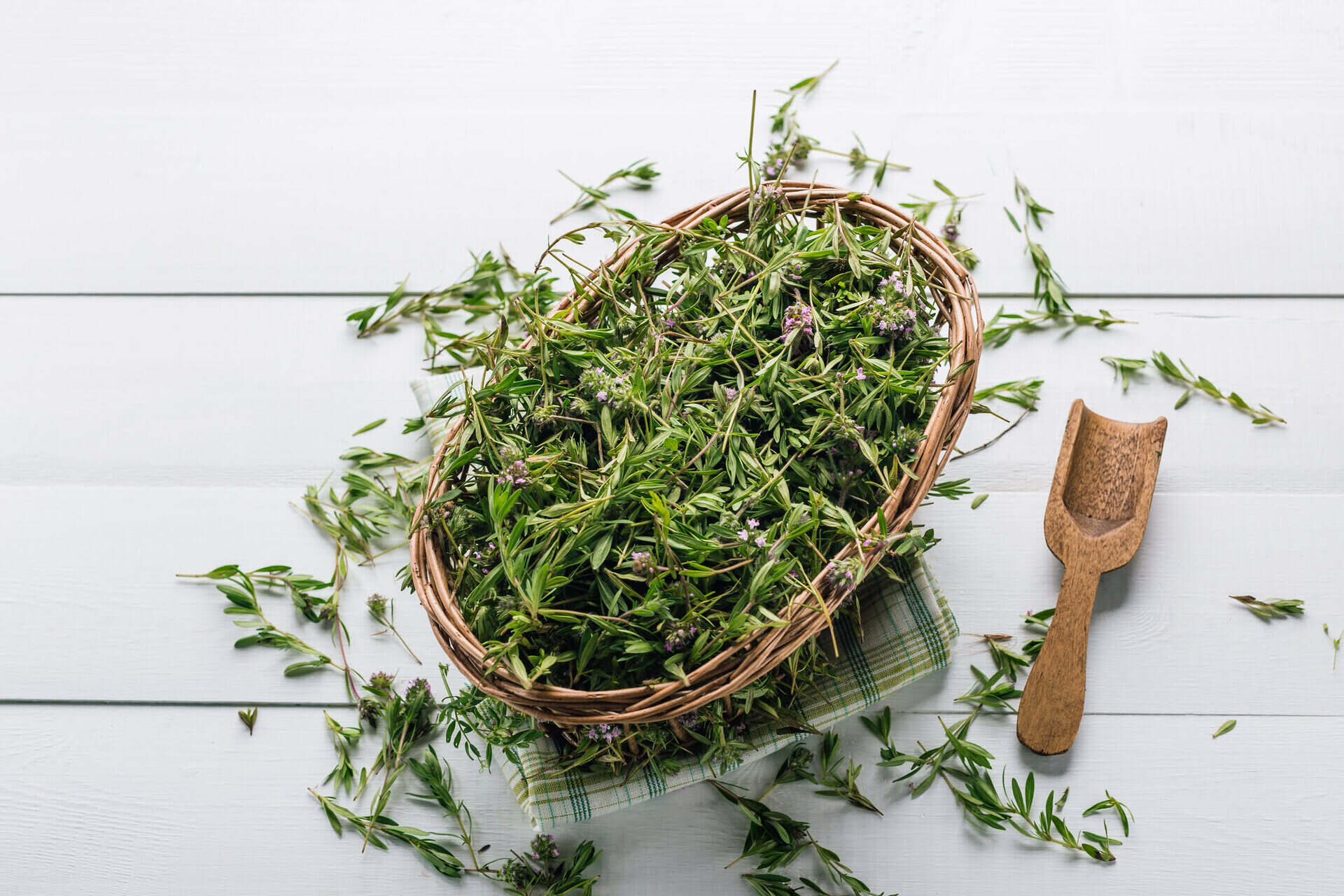
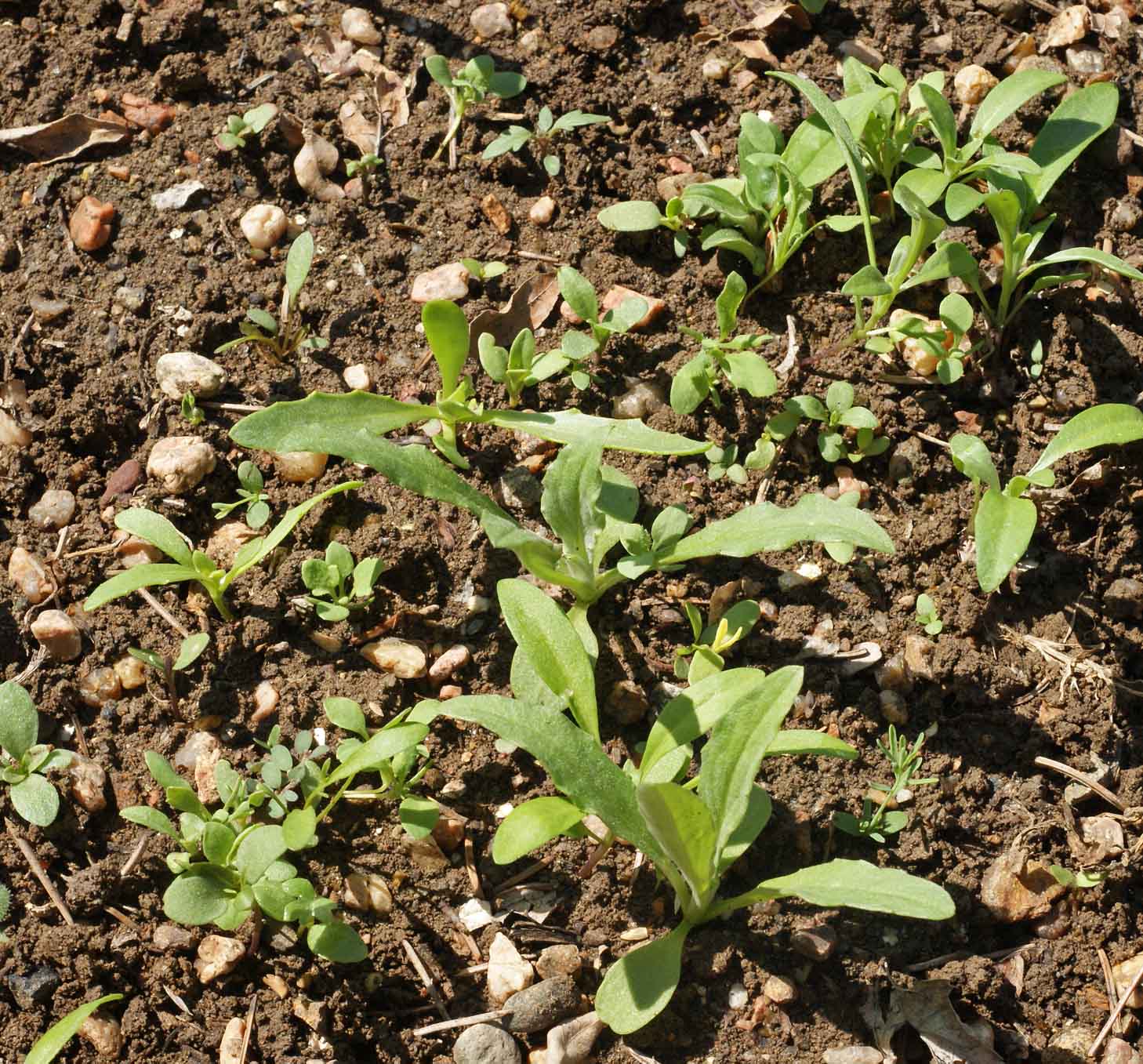

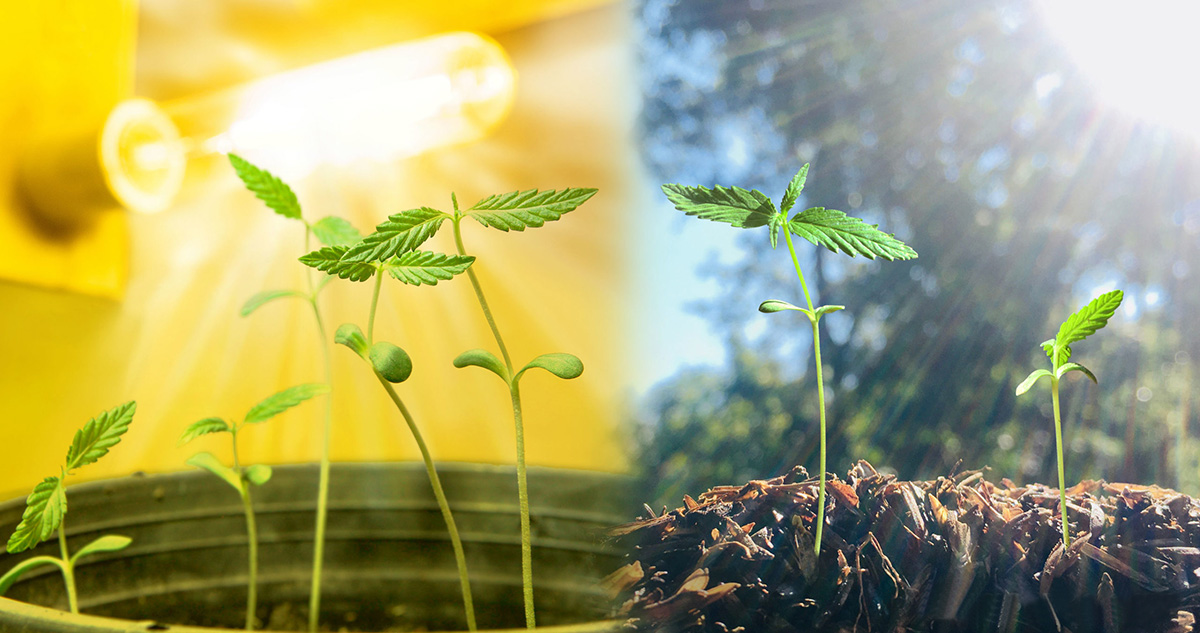
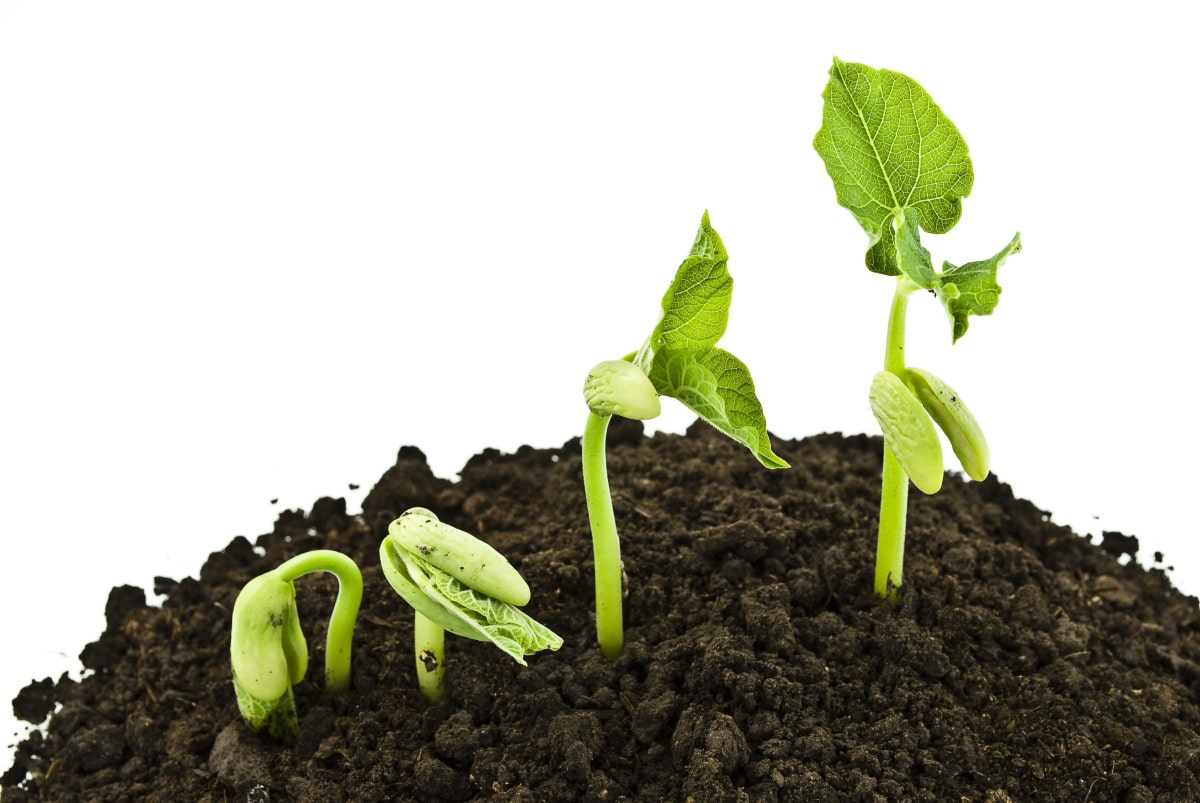
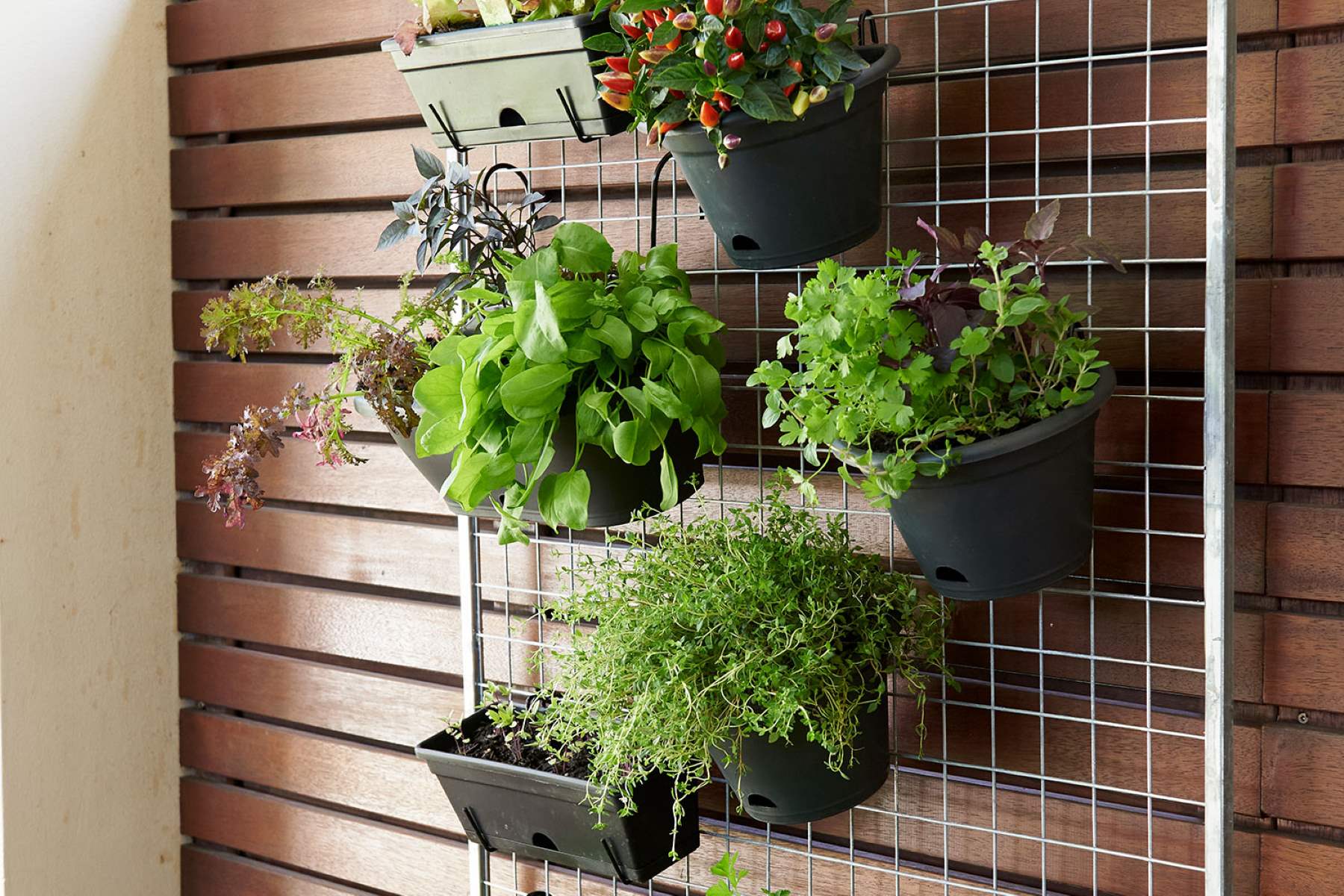
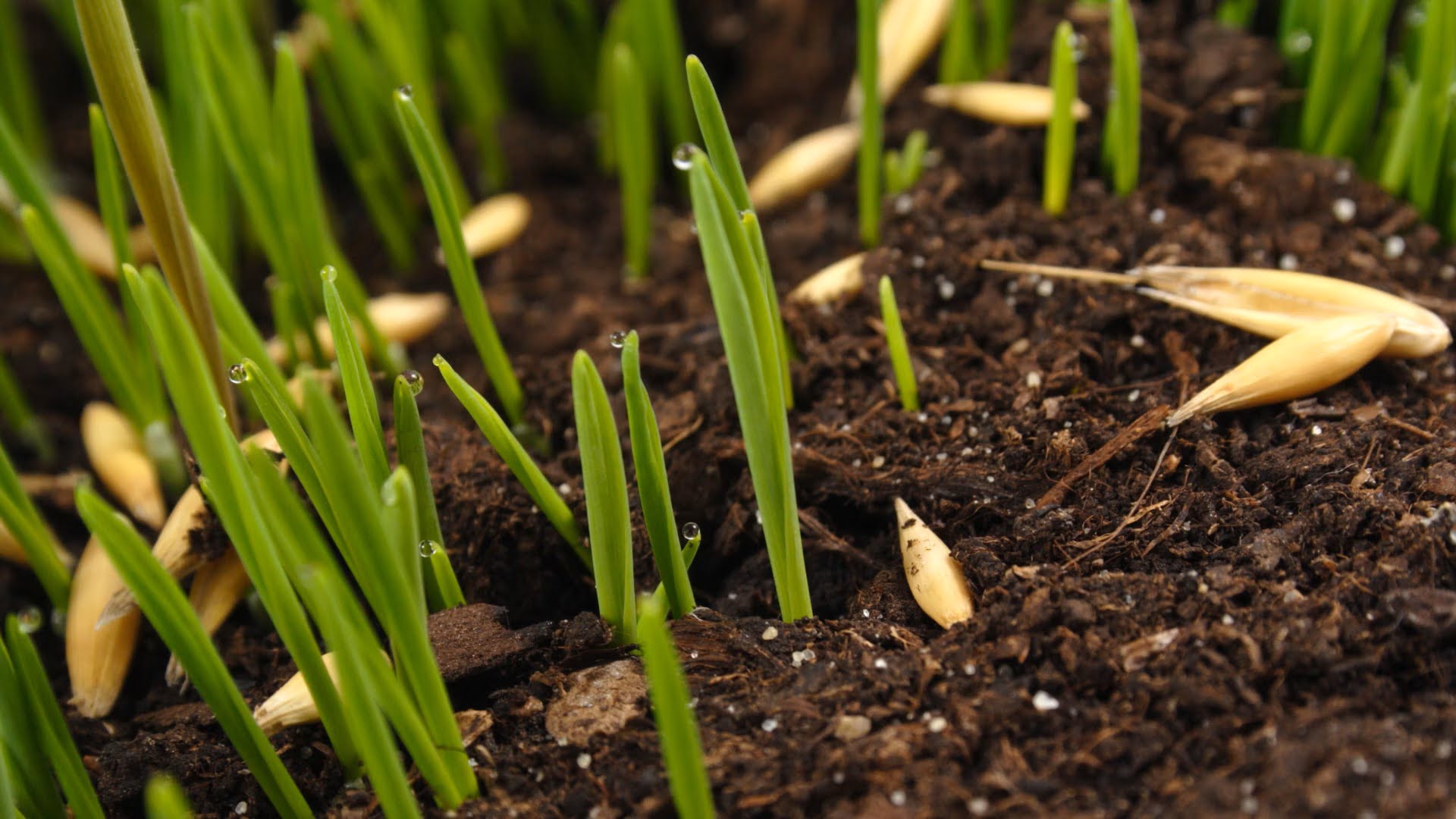
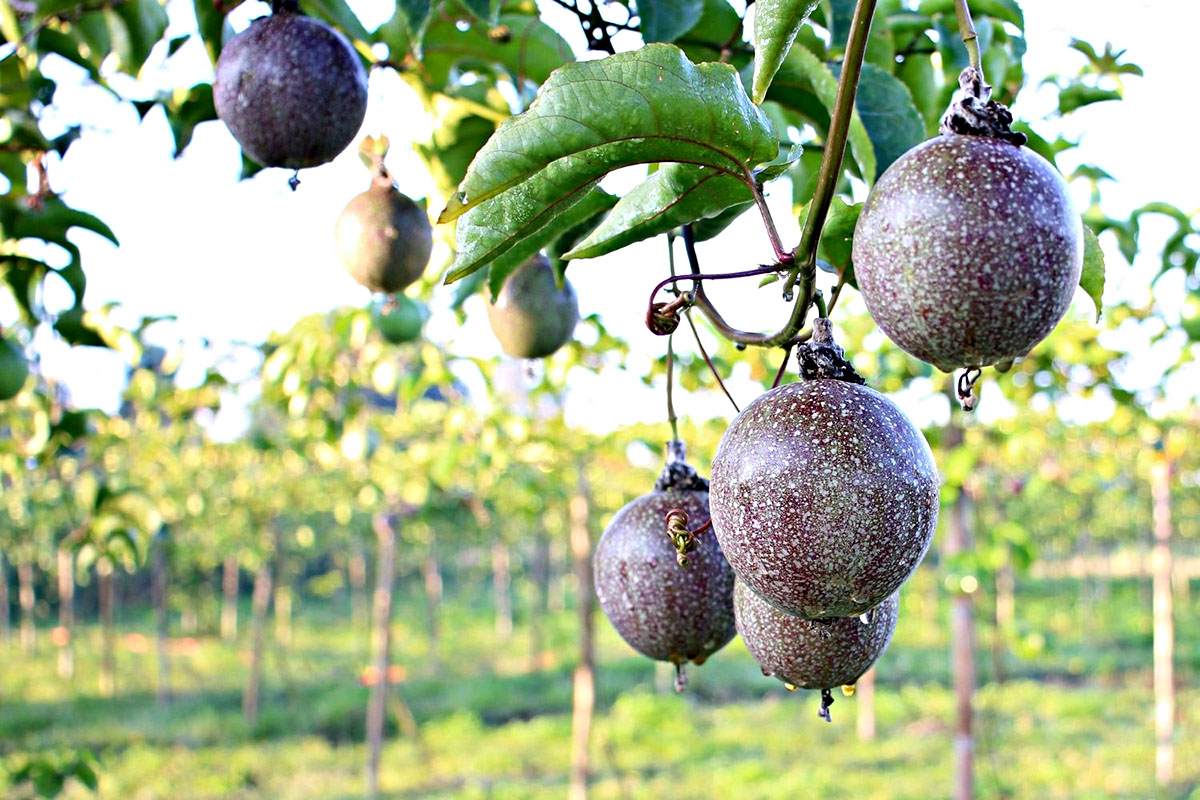
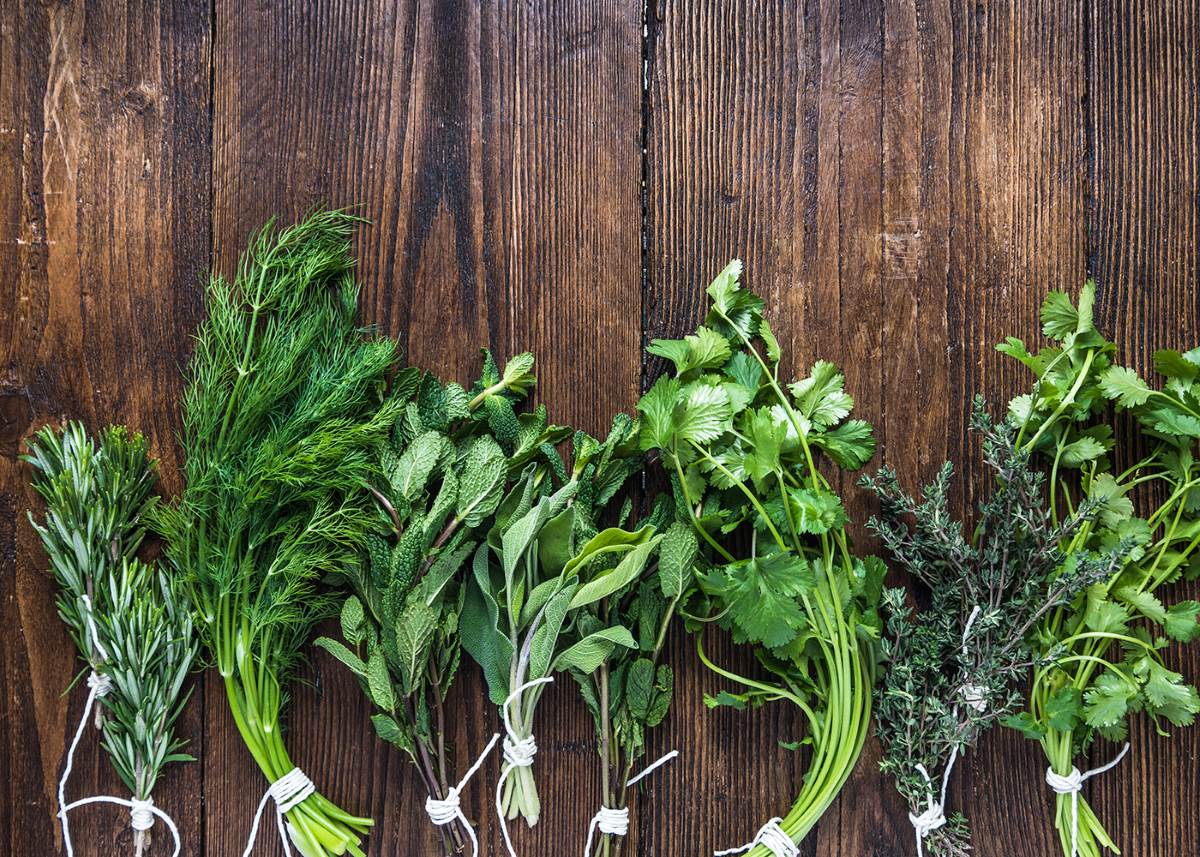
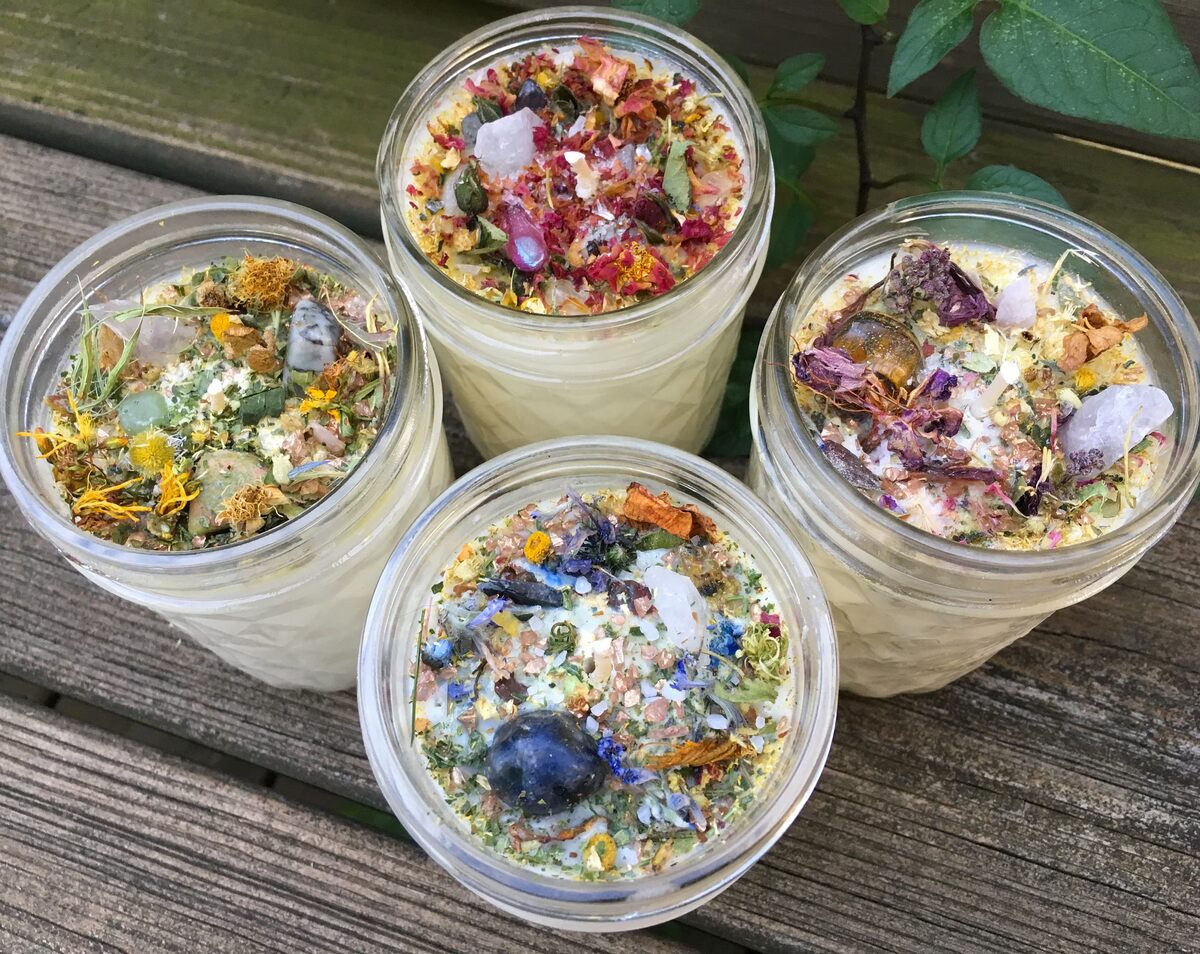


0 thoughts on “What Herbs Need Light To Germinate”